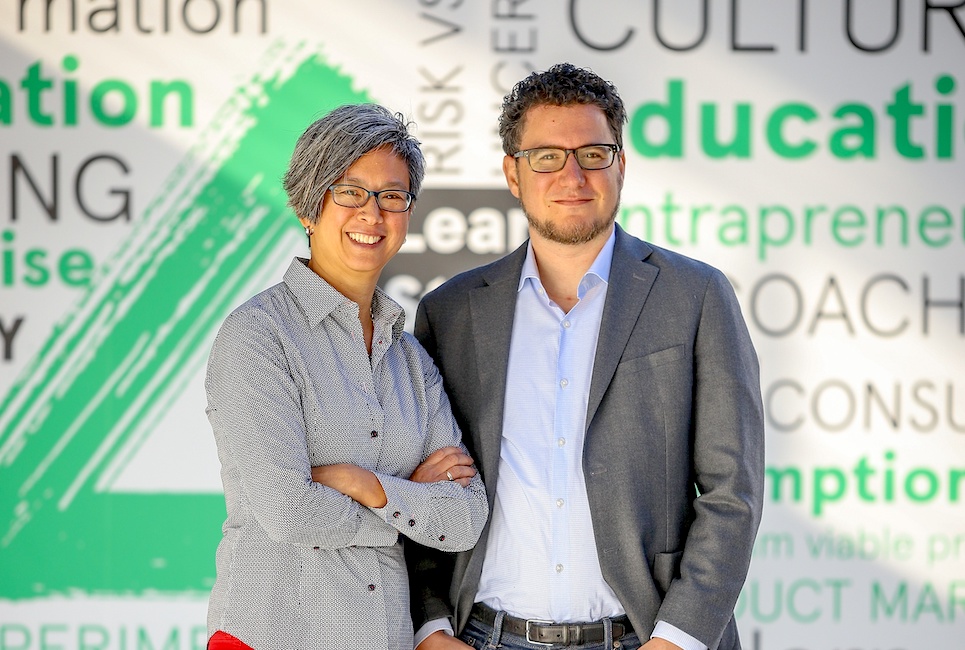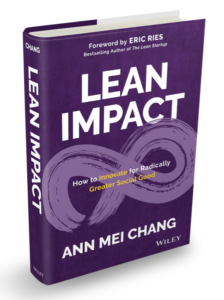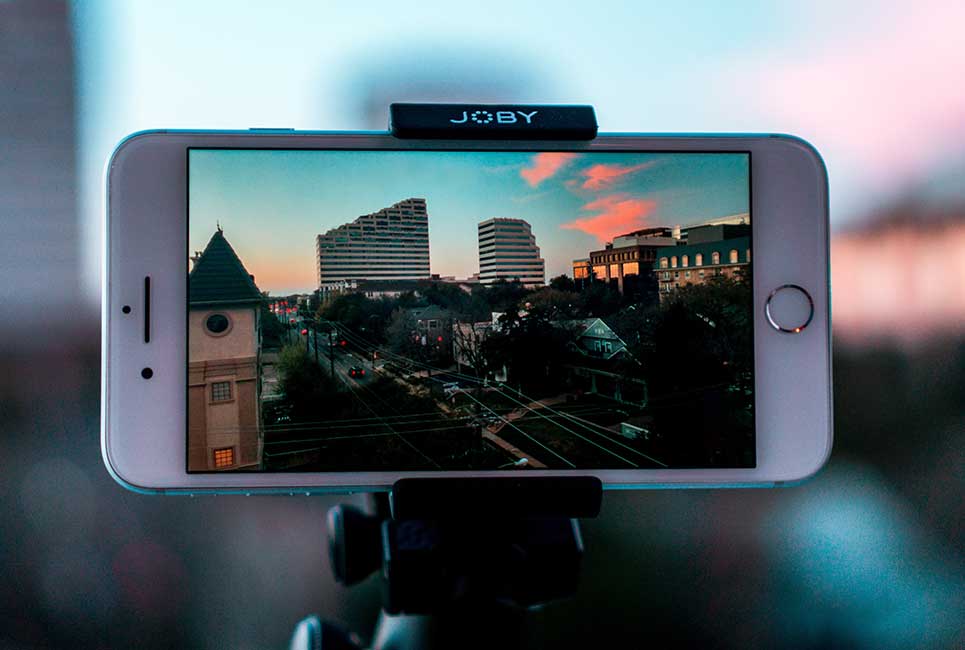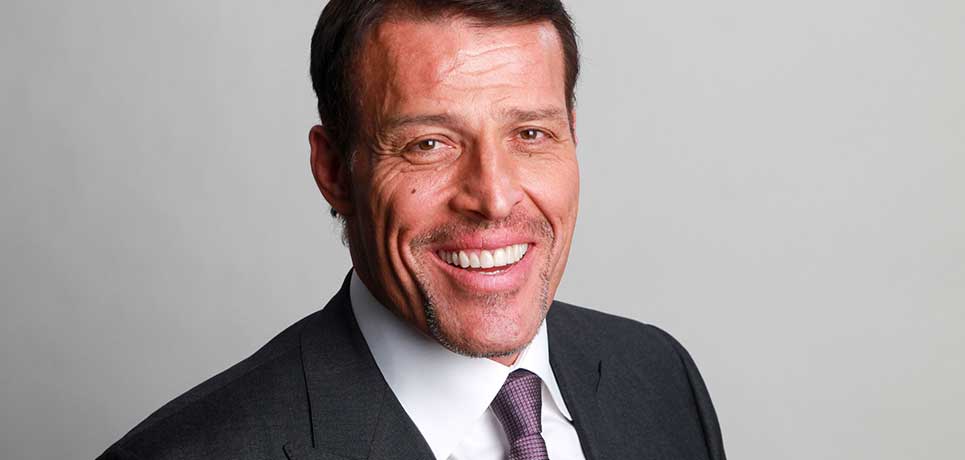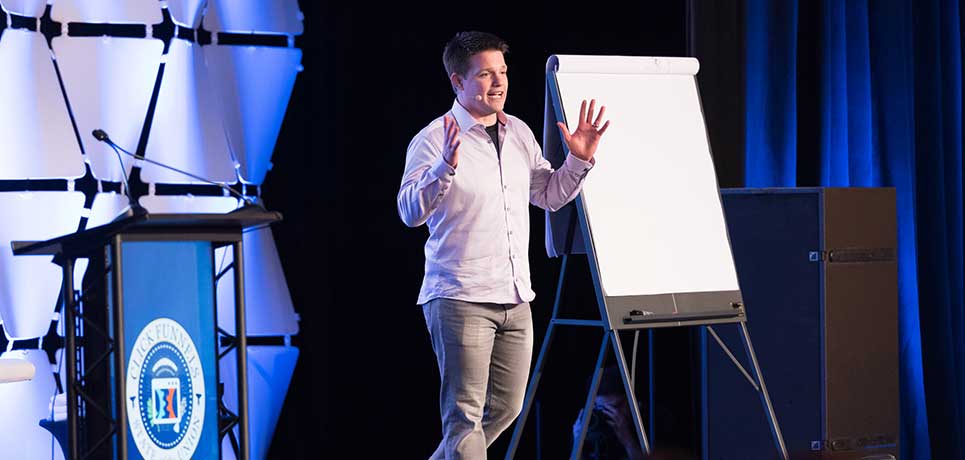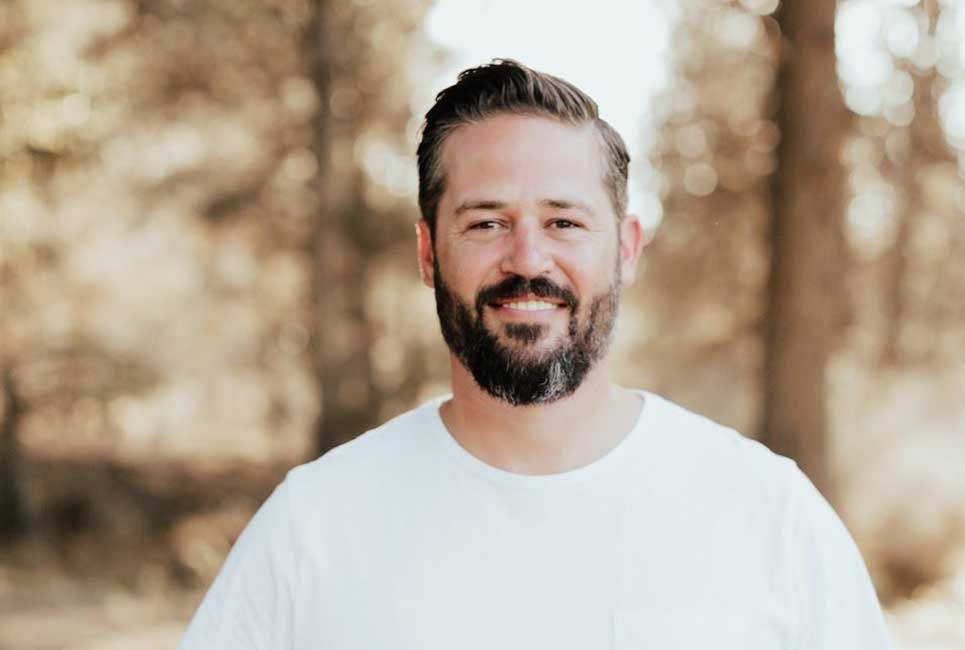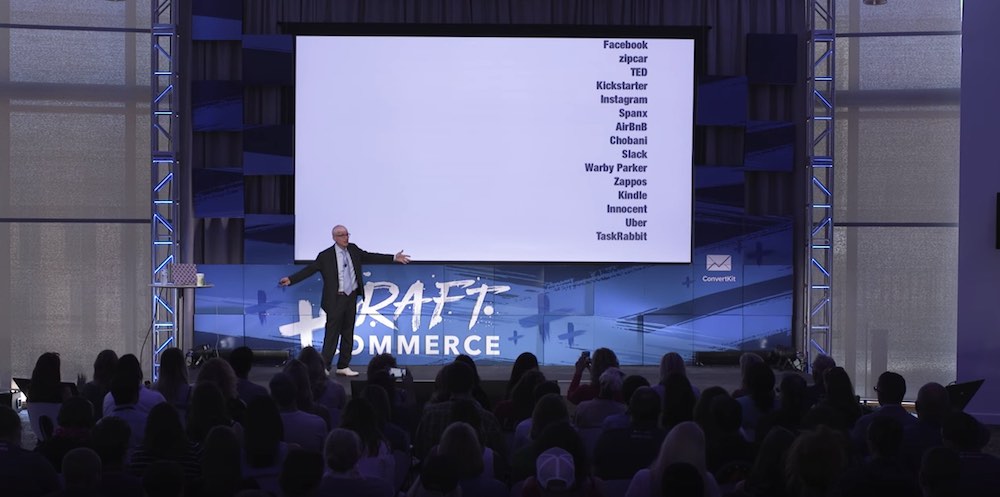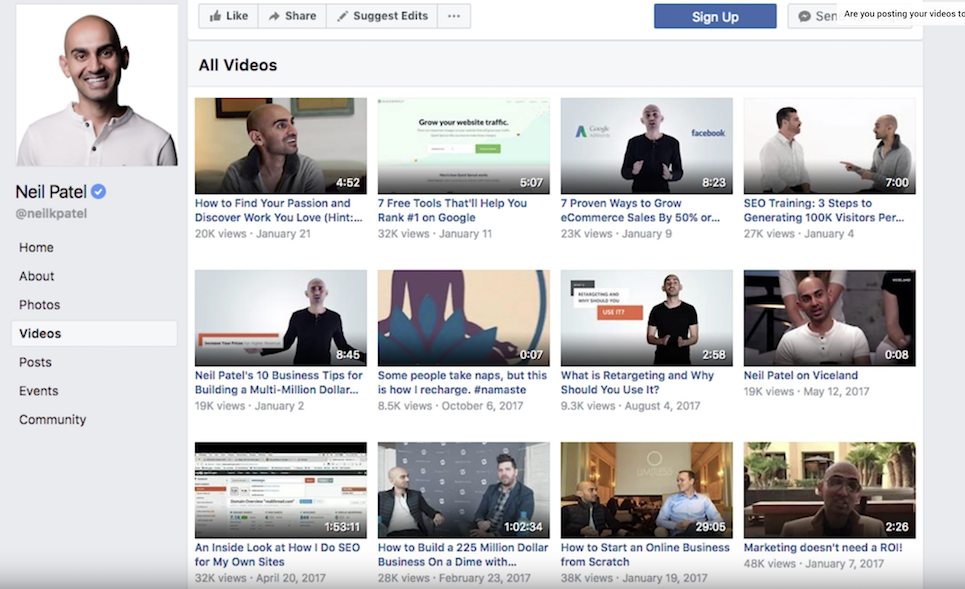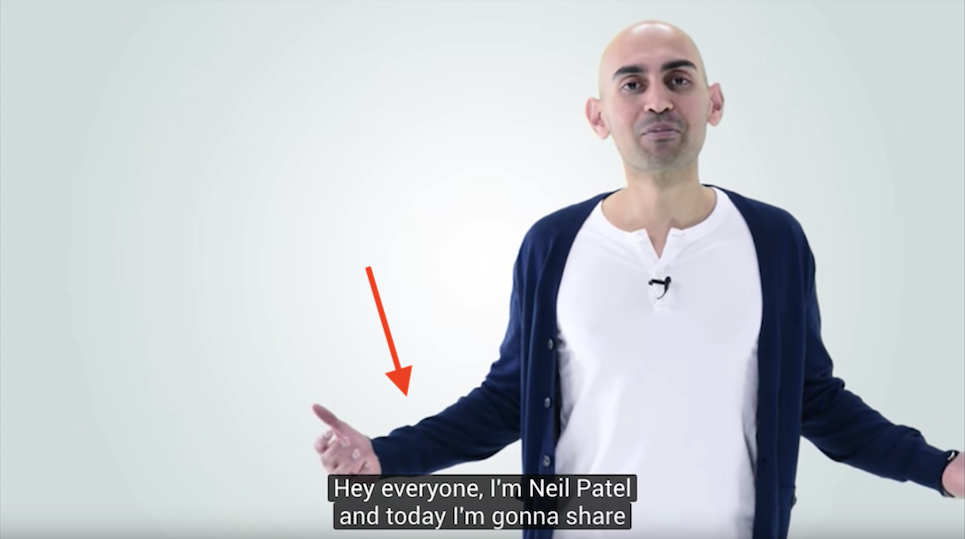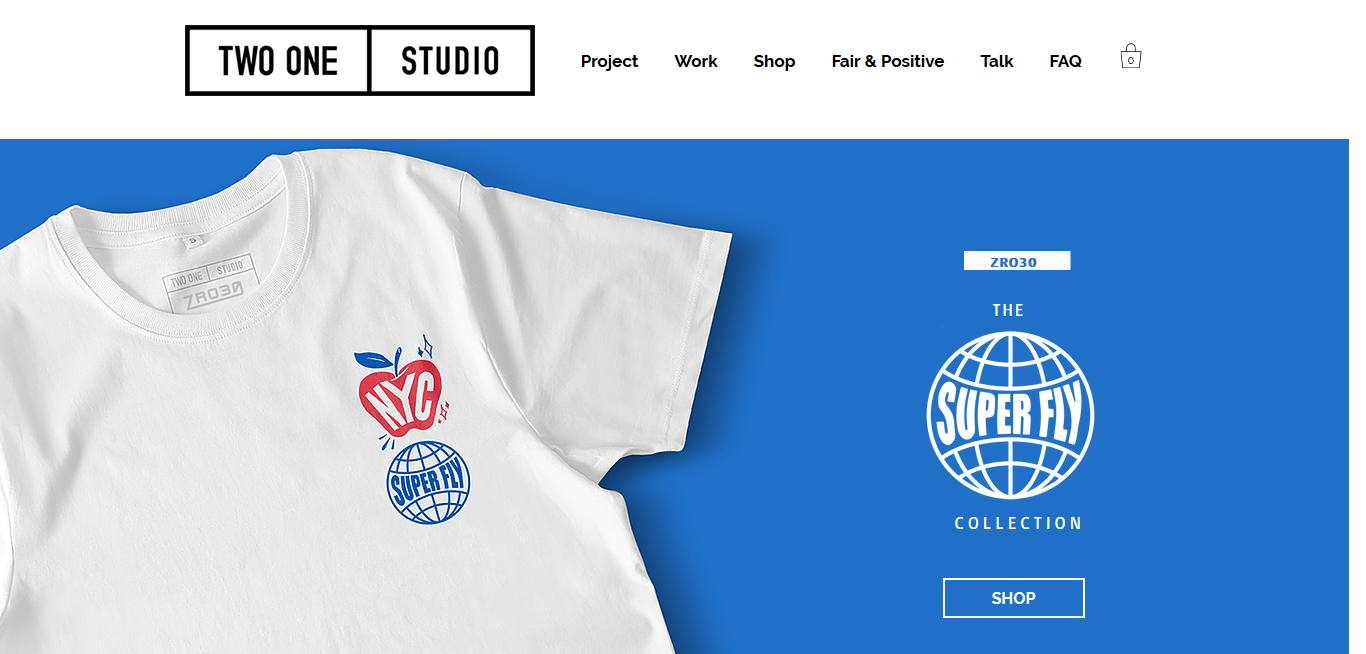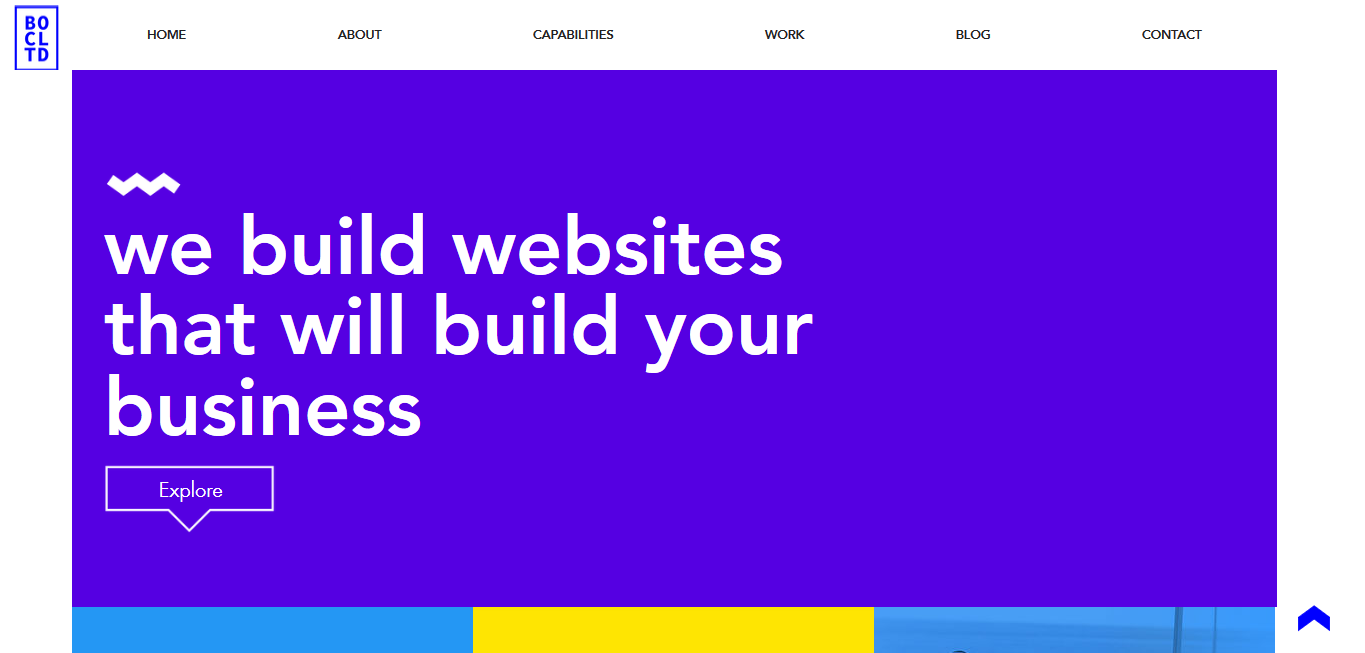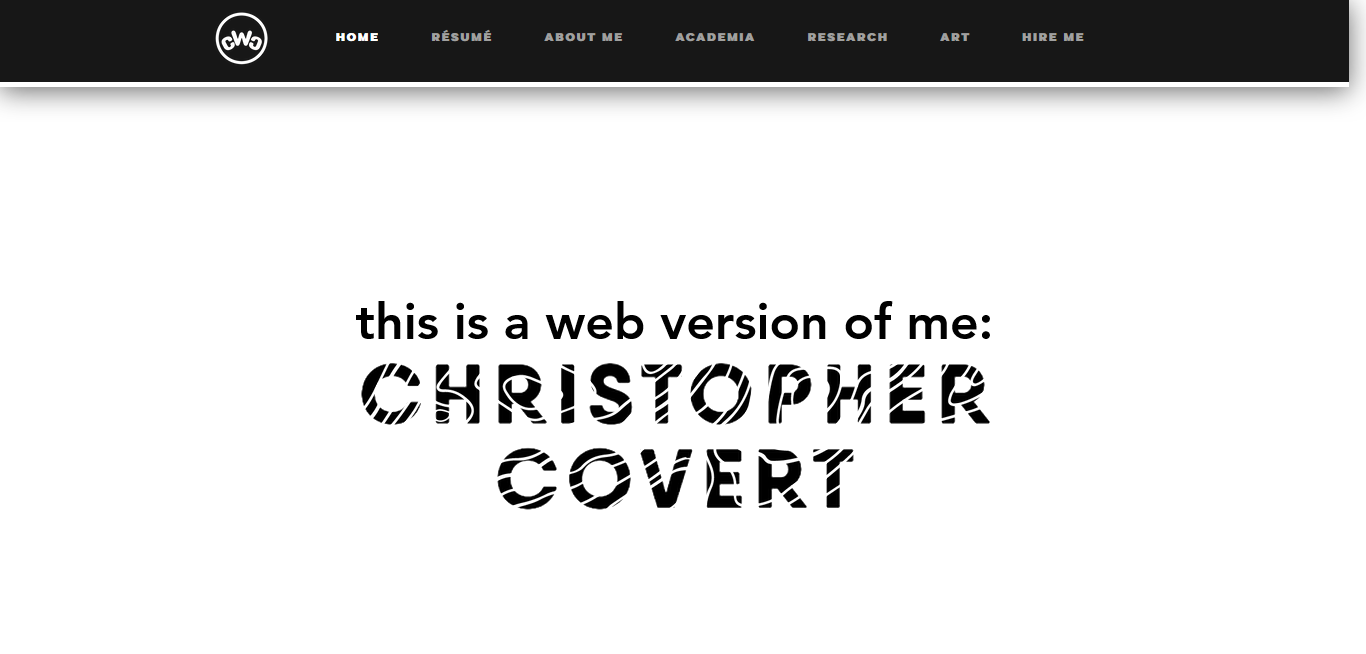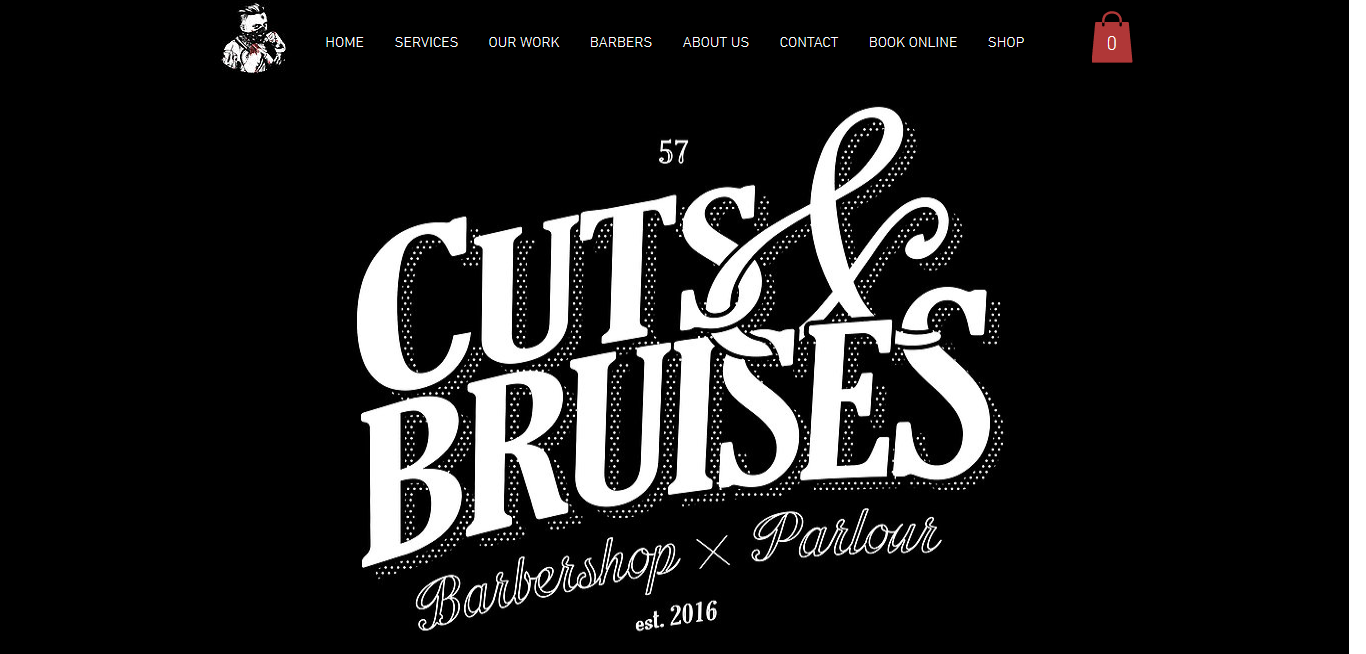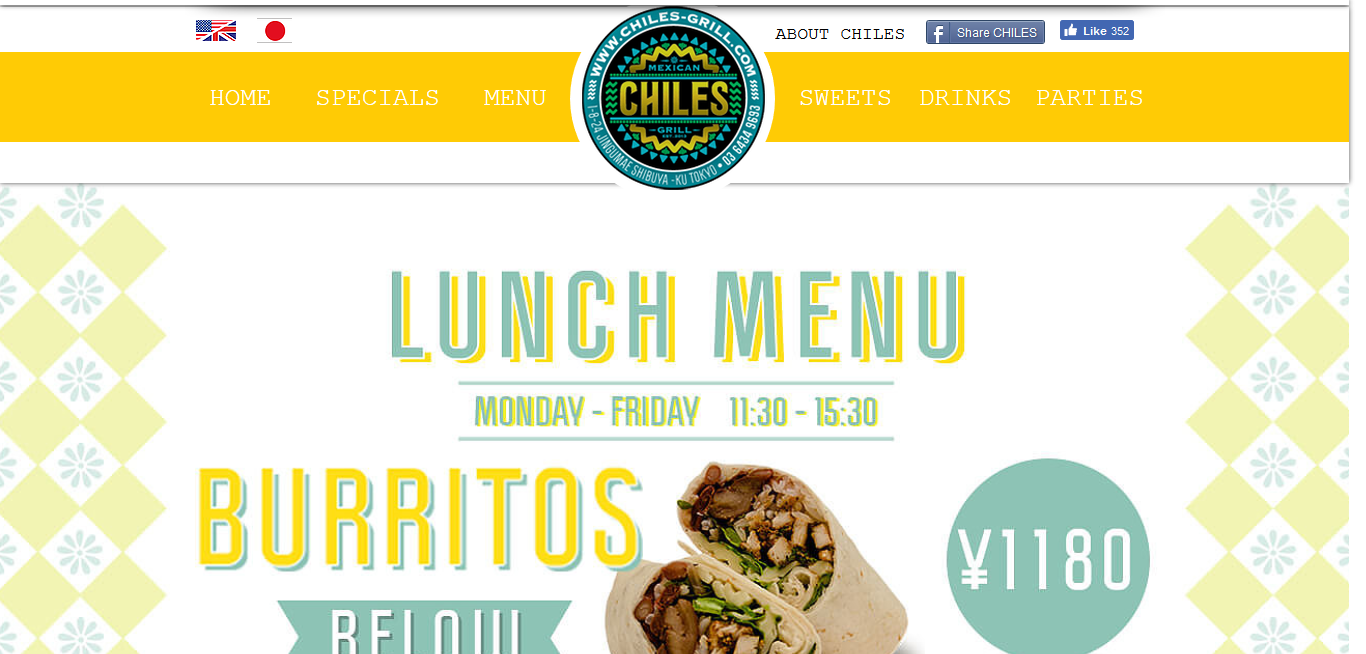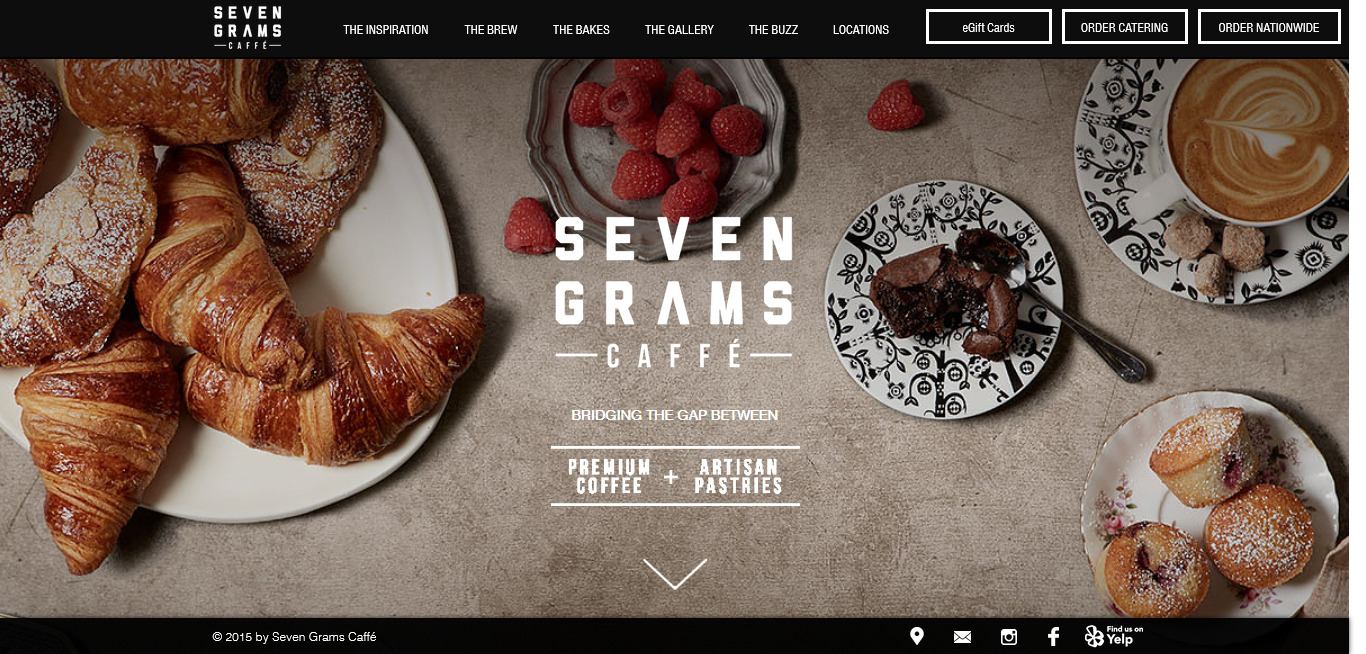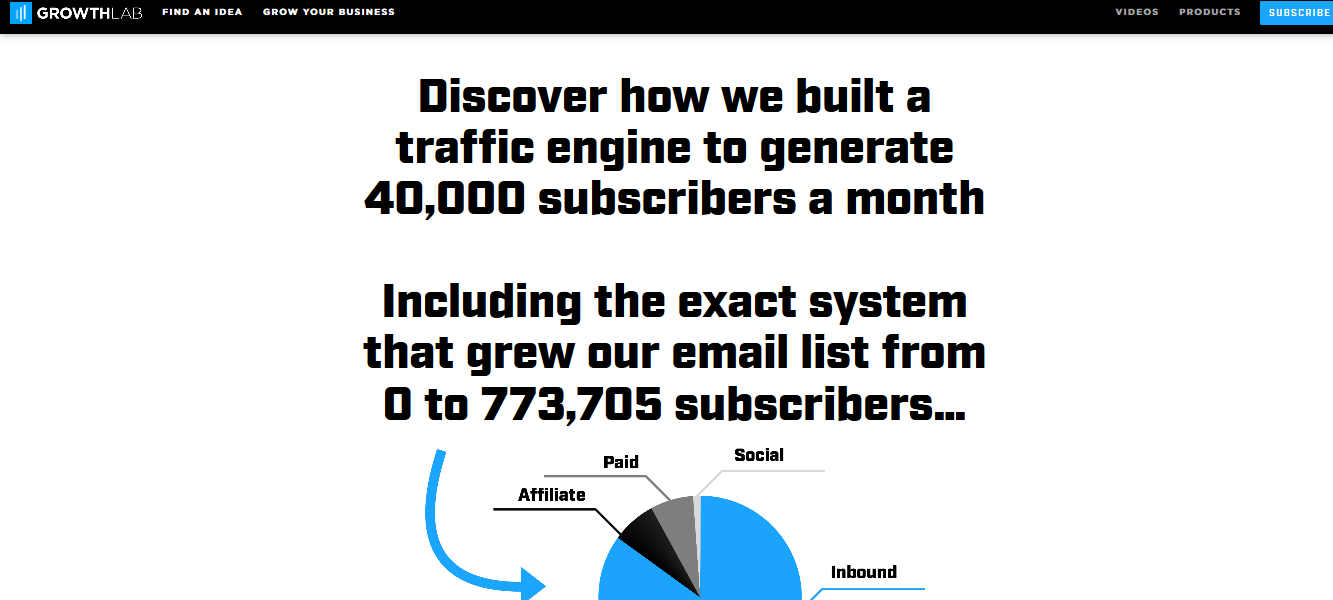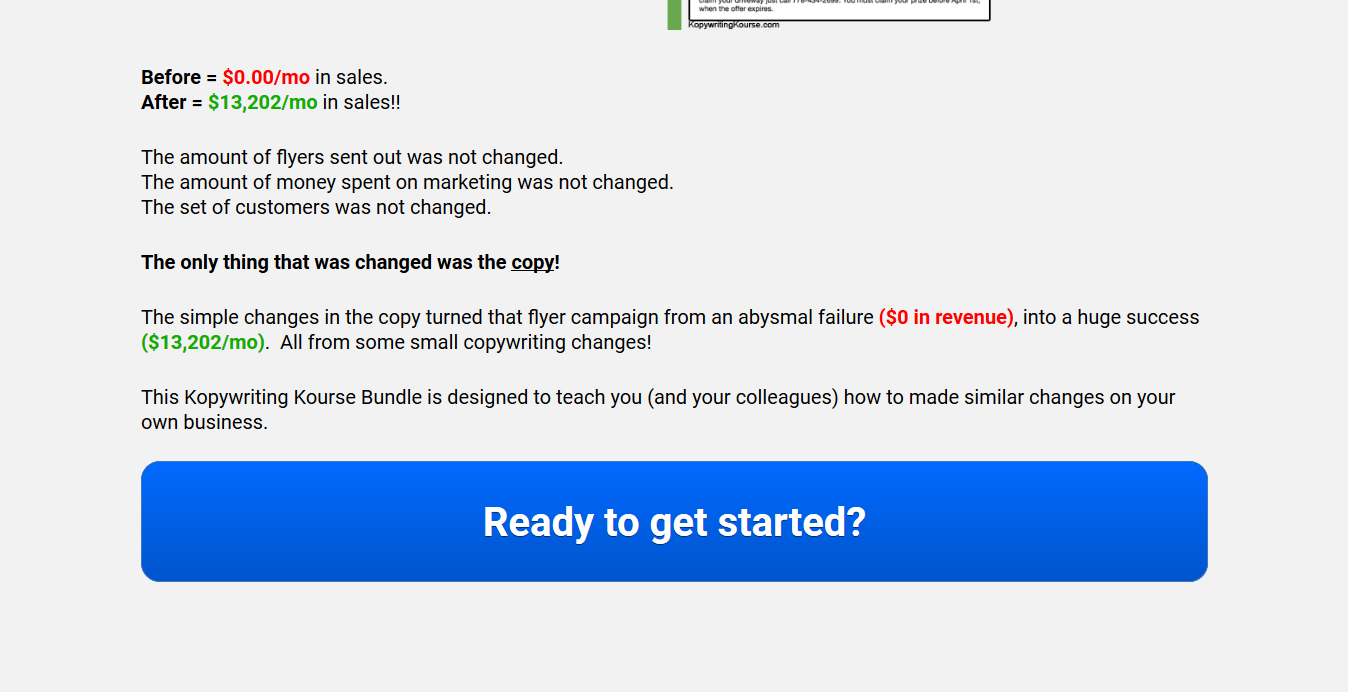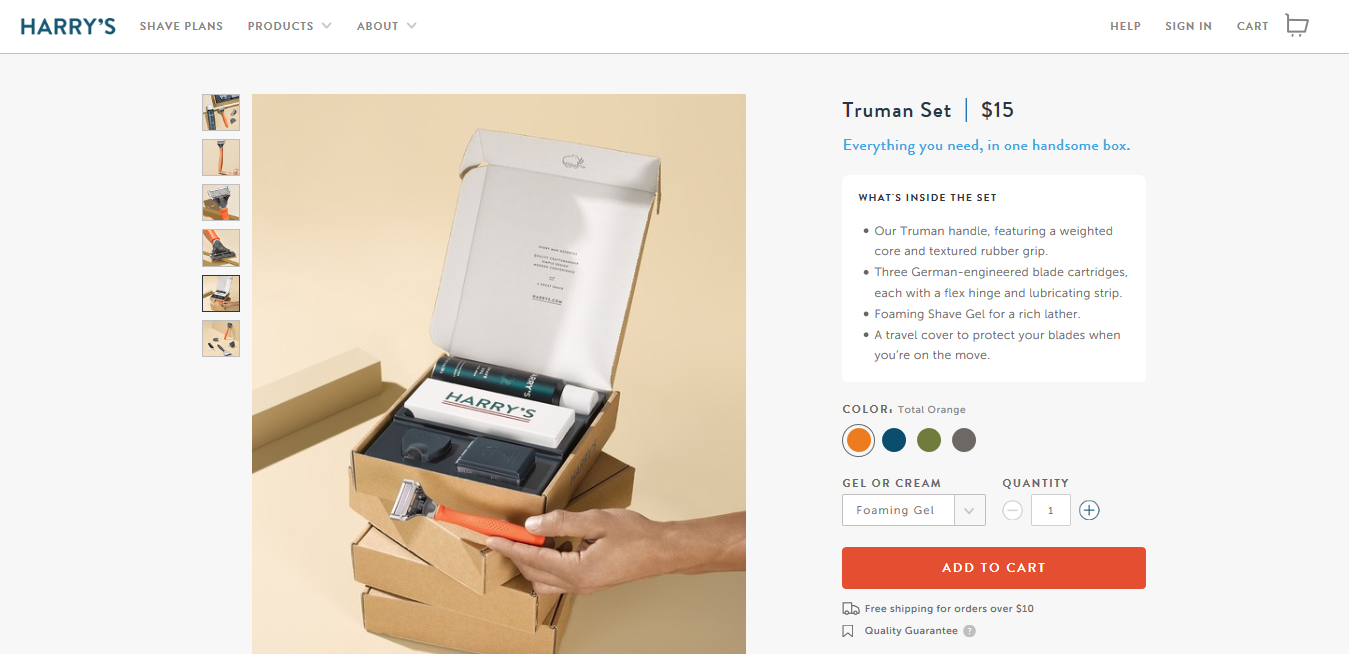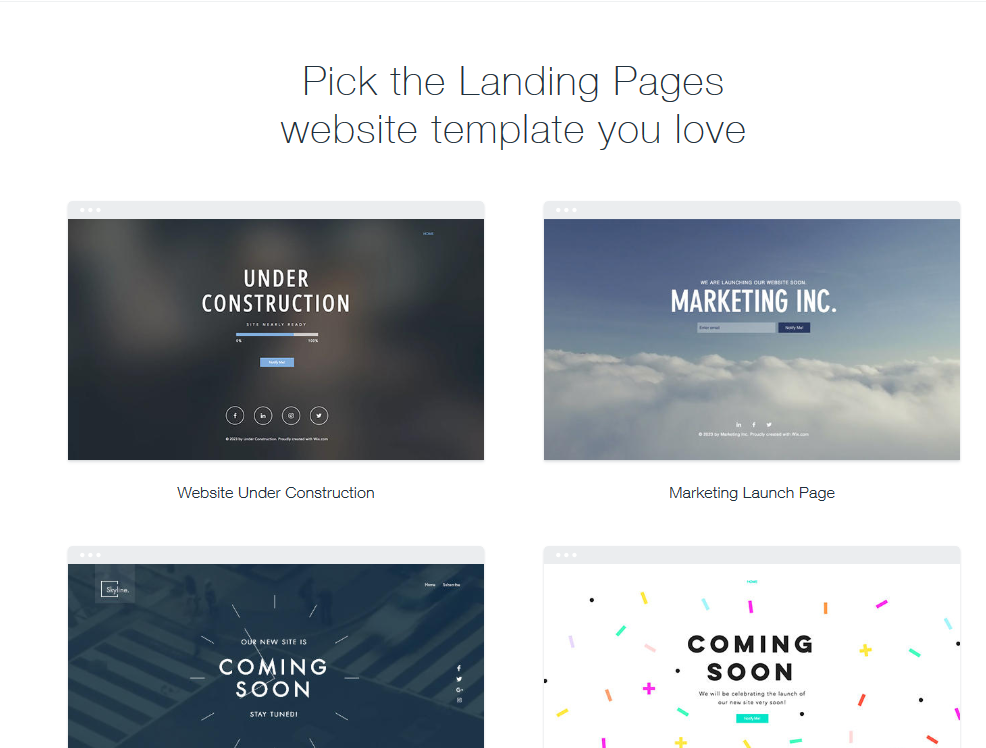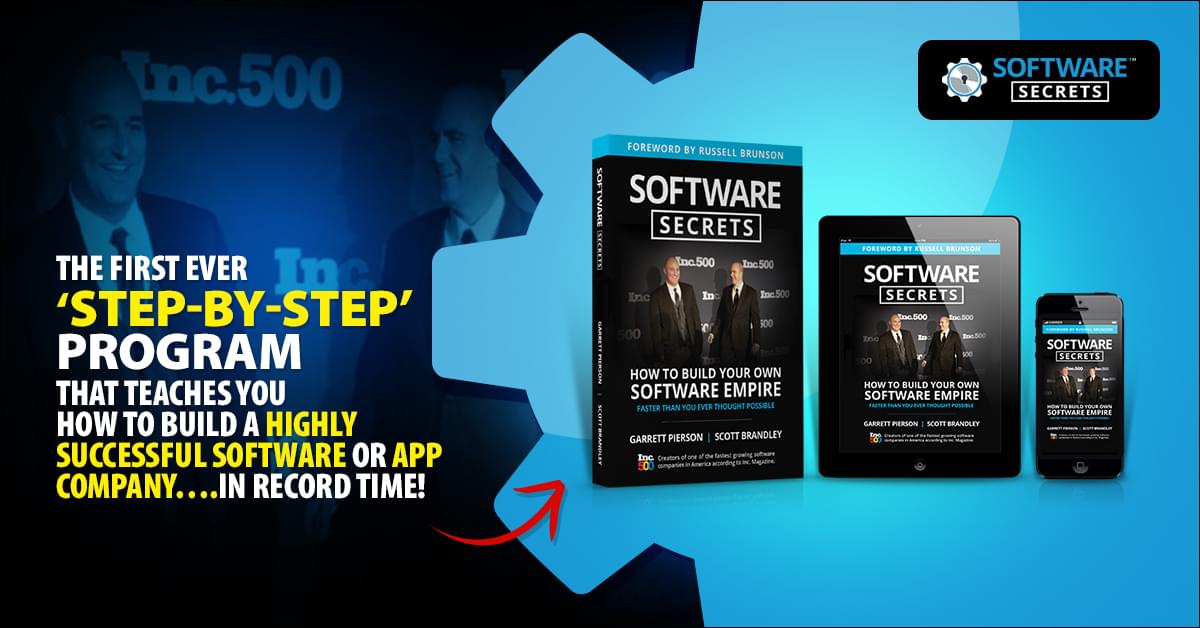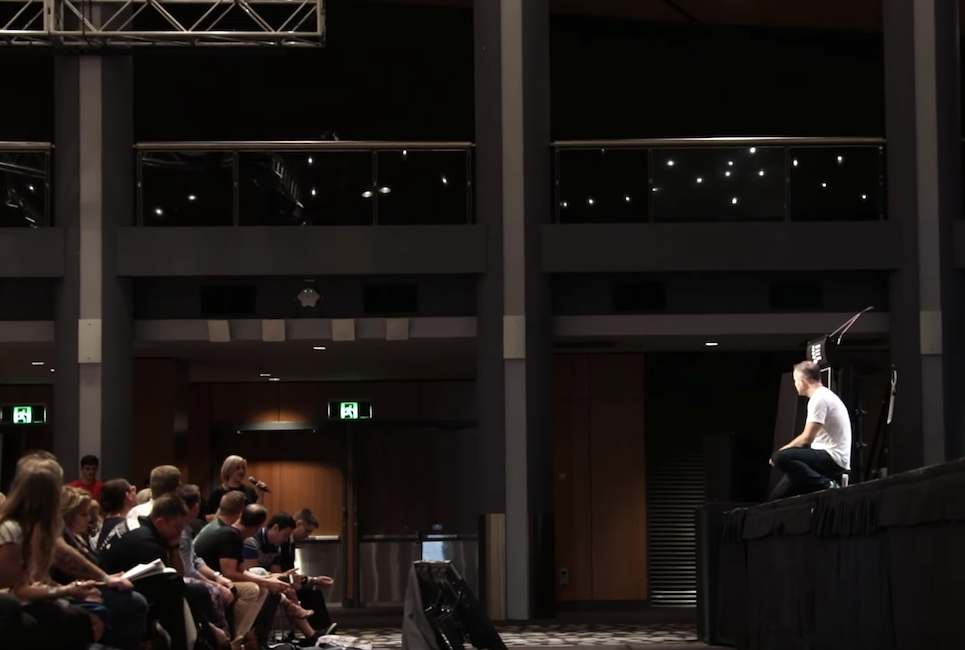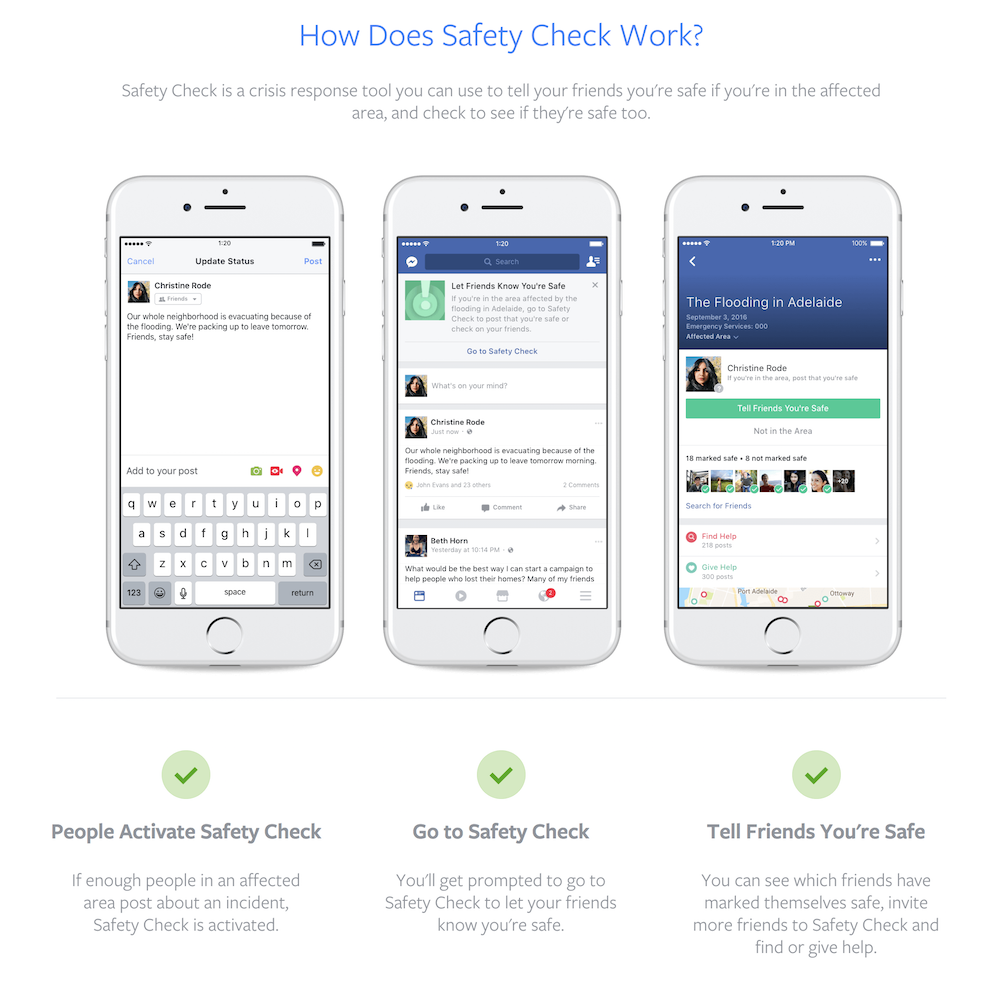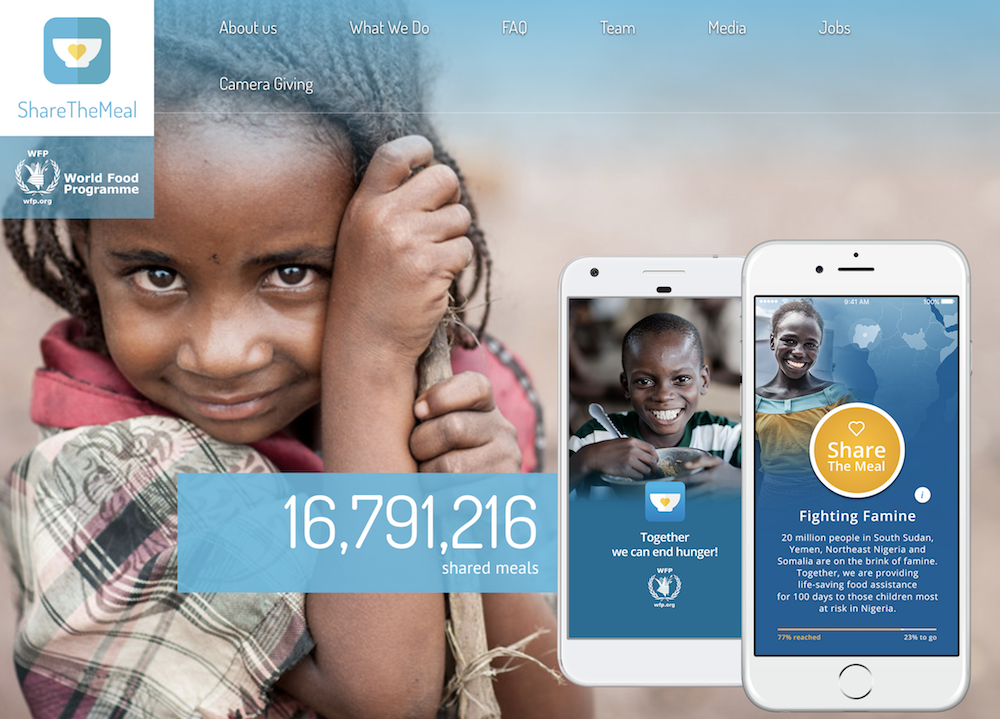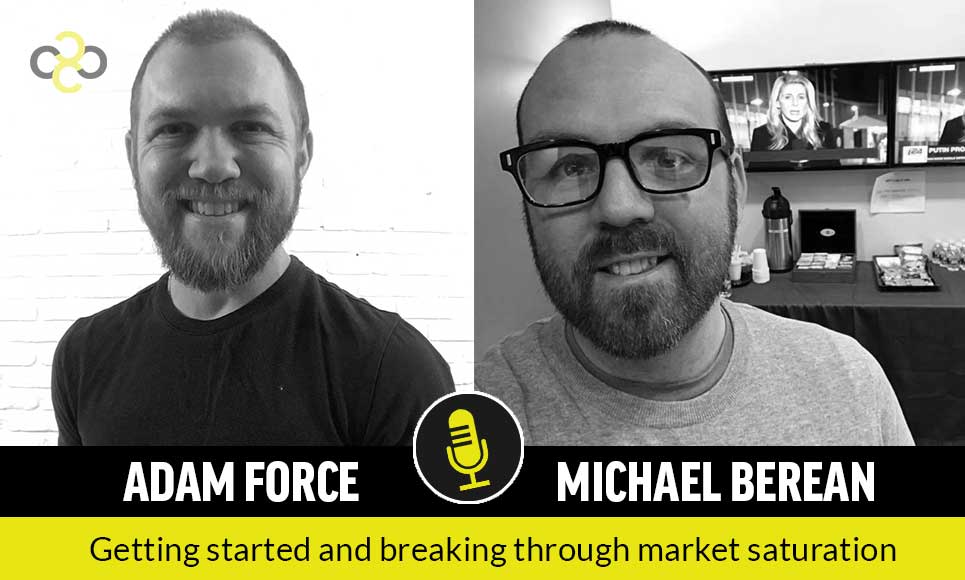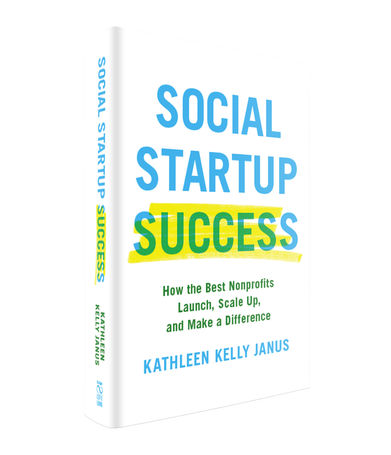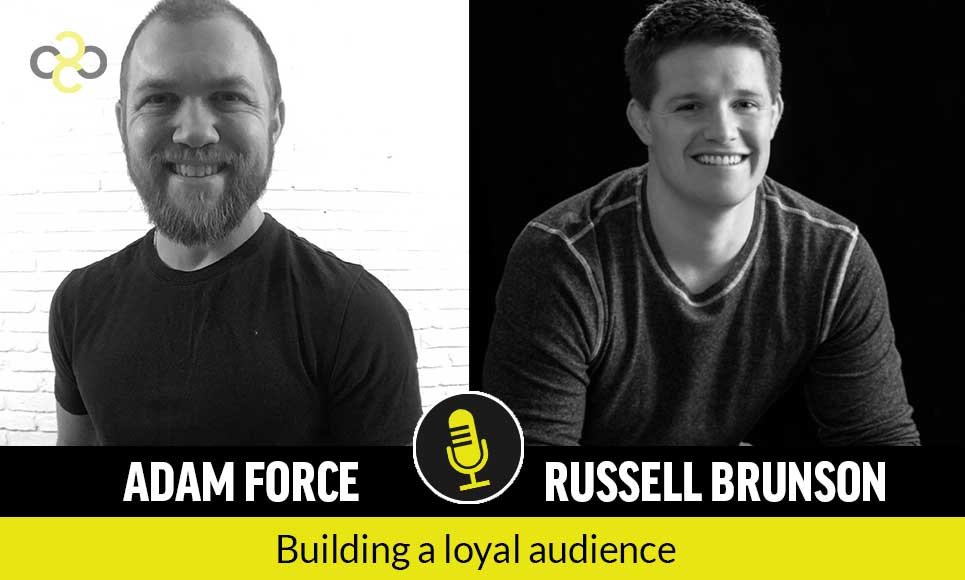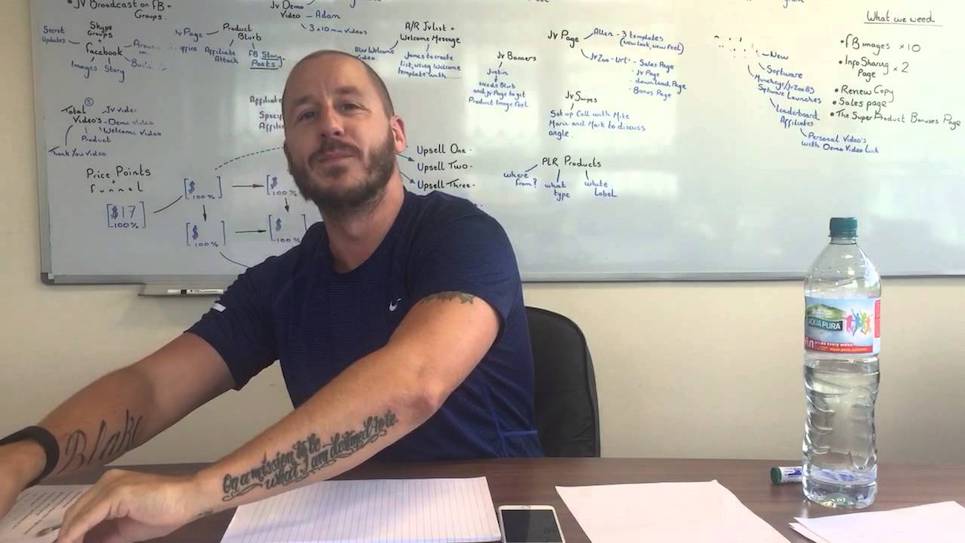Are you feeling stuck, constantly comparing yourself to the competition, wondering why they seem to be doing so much better than you?
Are you lying awake at night wondering where your next customer is coming from or how you’re going to survive the market uncertainty the current political climate is creating?
Has the constant pressure to create more content and get more social media engagement left you feeling burnt out?
These might seem like perfectly natural obstacles to overcome in the daily life of an entrepreneur, and many business owners accept these worries and pressures as one of the sacrifices they have to make to live the entrepreneurial life they dream of.
However, with the right marketing strategy driving your impact brand, these concerns can be lifted. you can feel confident about where your next customer is coming from. When you’re marketing strategically, you’re working proactively instead of reactively, so your business growth is consistent and not tied to the number of hours you put in.
When you take a strategic approach you can weather the market storms, stay adaptable and be confident that you’ll survive. Social media and content creation feel like an effective tool for business growth, not another draining chore or obligation.
Most social entrepreneurs know they need a marketing strategy, but get so busy with the tactics that they lose sight of their goals and quickly get overwhelmed. If this picture of the calm, confident and in control business owner feels a million miles away from where you are right now, it might be time to take another look at your strategy.
As a marketing strategist and business mentor, I’ve coached many entrepreneurs through this overwhelm and there are some common mistakes I’ve observed which often hold people back from a strategy that truly serves them:
#1 You’re overwhelmed and distracted by too many different techniques.
There are so many different techniques to raise brand awareness, grow your audience and convert them into customers – from blogging to social media, email marketing, pay-per-click ads and more.
As impact business owners we’re lucky to have the opportunity to connect with collaborators and customers all around the world (often for free!) thanks to the internet. But the pressure to be “always on” across all the platforms can leave us feeling overwhelmed.
There are algorithm changes to keep up with, content to create and new platforms to master. When you’re feeling overwhelmed and getting distracted by all the different things you could be doing, you end up falling into the trap of “churn and burn” marketing – trying (and often ditching) different techniques instead of doubling down, building on what works for you and growing momentum long term.
No technique will work in isolation. Nobody is going to see a post about your product on Instagram and purchase it then and there, unless they already know, like and trust you.
Without a strategically planned customer journey which builds and nurtures that relationship sitting behind the techniques you’re using, your marketing will be less effective.
It’s knowing the right sequence these techniques should be implemented – and how to tackle them with confidence – that allows you to grow your business in a meaningful way.
That’s what a marketing strategy will achieve for you, but too many entrepreneurs confuse their marketing plan (the list of techniques and content to try next) with a strategy, leaving them confused and overwhelmed.
#2 You’re on too many platforms.
You’re feeling the pressure to be on all the different social platforms at once. They all work differently and you don’t fully understand what you’re doing, so growth is slow and you feel guilty for not spending enough time creating content and engaging online – even though you feel like you live on social media!
You know you’d probably get better results if you focused on one platform and learn how to use it properly and invested your time in creating quality content and building your audience there – but you don’t know which one to choose what’s right for your brand and you’re scared of getting it wrong.
The best place to start is with your ideal customer – what problem do you solve for them? What content can you create to help them? Where are they hanging out online and likely to see that content?
Your marketing strategy should include a detailed customer profile to help you make strategic decisions about what content to create and where to post it.
Plus your strategy will save you time by identifying ways you can repurpose content across platforms (when you choose to expand your online presence) to make your social media marketing easier and more impactful.
#3 You’re stuck in the DIY danger zone.
In the past, marketing meant buying expensive advertising space to raise brand awareness. With the rise of the internet, the cost of growing a brand has fallen and it has never been cheaper to market yourself.
Anyone can start an email list, blog or social media account and business owners can learn how to market their own brand – often for free, with the help of online experts sharing their tips in blogs and podcasts.
But with so much advice out there, it can be hard to know who to follow and where to turn, and the accessibility of these platforms means everyone else is doing it too. When you rely purely on free courses, mini training and sporadic information from a range of online experts, you end up piecing together parts from everyone else’s strategies.
In the short term these techniques might work, but without a targeted strategy of your own underpinning what you’re doing, your marketing won’t be as effective as it could be and you’ll struggle to stand out from the crowd.
Hiring an expert and developing your own strategy will give you access to a tailored plan designed with your business goals in mind and created for your ideal customer – making your marketing more effective and increasing your return on investment.
This will actually save you time and it’ll give you a competitive advantage over everyone else who’s doing marketing DIY!
#4 You’ve been given bad advice.
The internet is full of experts and “gurus” dishing out advice in an unregulated space. Anyone can call themselves a marketer or a strategy expert, but there’s still so much confusion about what a strategy really is that often these “experts” are doing more harm than good.
The latest trend seems to be “do as I did” techniques, where someone who has set up a business for themselves gives you the “exact blueprint” so you can replicate their success.
When choosing a marketing strategist to work with, look for someone who has successfully implemented tailored strategies time and again for different brands, products, and services in different niches. Your strategy needs to be as unique as your business – a cookie-cutter approach isn’t going to work.
If you’re following someone who’s track record of success is entirely based on their own business growth, you’re likely to fall for the same mistakes they did at the start because nobody begins with a watertight strategy in place.
Without a background in strategic marketing, it’s hard to foresee the pitfalls of different techniques and remove the trial and error from your approach.
This is the real value a professional strategist can bring, so choose who to work with care and always ask about their track record with products or services in your niche.
Is it time to revisit your marketing strategy?
If one or more of the roadblocks above resonated with you, it might be time to revisit your marketing strategy. Give yourself some time to do this without the daily distractions that come from working in your business, so you can reflect and think long term.
Start by revisiting the problem you solve for your customers, the impact you make and the big vision you want to achieve – this should act as your North Star, and your marketing strategy should become the roadmap for where you want to go.
You might also like:













